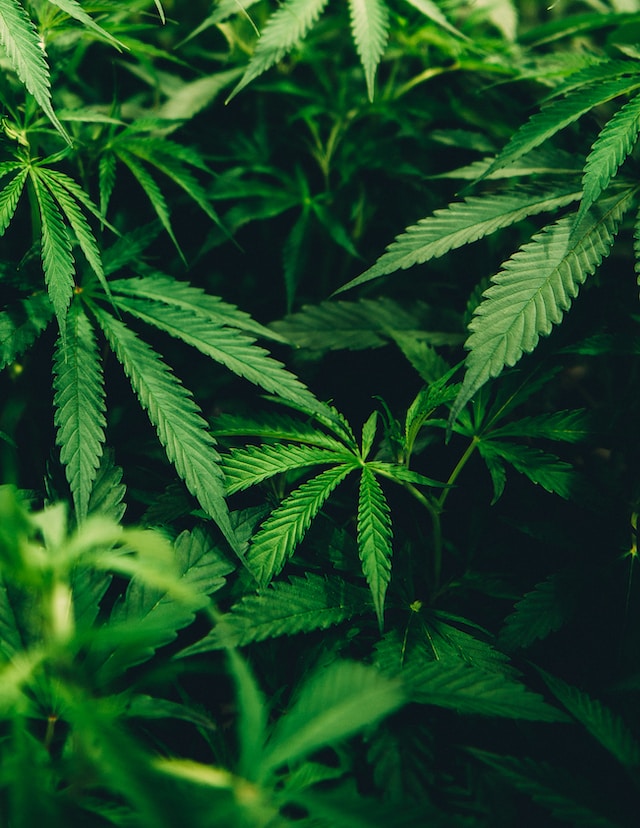Introduction: In recent years, the relationship between cannabis, commonly known as weed, and sleep patterns has garnered significant attention. With the growing acceptance of cannabis use, people are curious about how it affects their sleep and whether it can be a viable solution for sleep-related issues. This article aims to delve into the topic, examining the potential effects of weed on sleep patterns while highlighting the need for careful consideration and scientific research.
A Muddled Connection: Understanding the effects of weed on sleep is a complex task, as scientific research in this area is still limited. However, the human body’s endocannabinoid system, which interacts with the compounds in cannabis, plays a crucial role in regulating sleep. Tetrahydrocannabinol (THC) and cannabidiol (CBD), the primary compounds in cannabis, are believed to have varying effects on sleep.
THC and Its Sedative Potential: THC, the psychoactive compound in cannabis, has been linked to sedative effects, potentially aiding in sleep initiation and increasing slow-wave sleep. These effects may be beneficial for individuals struggling with sleep disorders or those seeking better rest. However, it’s important to note that high doses of THC can disrupt the sleep cycle, leading to reduced REM sleep and vivid dreaming.
CBD and Sleep-Related Benefits: CBD, a non-intoxicating compound in cannabis, has garnered attention for its potential therapeutic properties. While research on CBD’s direct impact on sleep is still in its early stages, some studies suggest that it may help alleviate symptoms associated with insomnia and anxiety, promoting a more relaxed state conducive to sleep. Further research is required to fully comprehend CBD’s effects on sleep patterns.
Personal Factors and Individual Variability: It’s crucial to recognize that the effects of weed on sleep can differ significantly among individuals. Various factors, including dosage, strain type, consumption method, and an individual’s unique physiology, tolerance, and metabolism, contribute to this variability. What works for one person may not work for another, underscoring the importance of personalized experimentation and caution when using cannabis as a sleep aid.
Risks and Side Effects: While some individuals may find relief from sleep issues through cannabis use, it is essential to consider the potential risks and side effects. Regular THC use can lead to dependence and withdrawal symptoms, highlighting the importance of moderation and responsible use. Cannabis can also exacerbate certain sleep disorders and disrupt the natural sleep cycle, ultimately impacting overall sleep quality. Moreover, cognitive impairment and daytime drowsiness are common side effects that can hinder productivity and cognitive function the following day.
Navigating the Landscape: If considering cannabis as a sleep aid, seeking guidance from healthcare professionals is crucial, particularly for those with pre-existing medical conditions or those taking other medications. Proper medical supervision can help mitigate potential risks and ensure informed decision-making. Additionally, exploring other sleep hygiene practices, such as maintaining a consistent sleep schedule, creating a relaxing bedtime routine, and optimizing the sleep environment, should be prioritized alongside any potential cannabis use.
Conclusion: While the connection between weed and sleep patterns continues to be an intriguing topic, conclusive scientific evidence is still lacking. Cannabis may hold promise as a potential sleep aid for some individuals, but it must be approached with caution and careful consideration of individual factors. As further research emerges, a deeper understanding of how cannabis interacts with sleep will help individuals make informed decisions regarding its use. It is crucial to prioritize scientific research, responsible usage, and a comprehensive approach to sleep hygiene for a healthy and restful night’s sleep.










